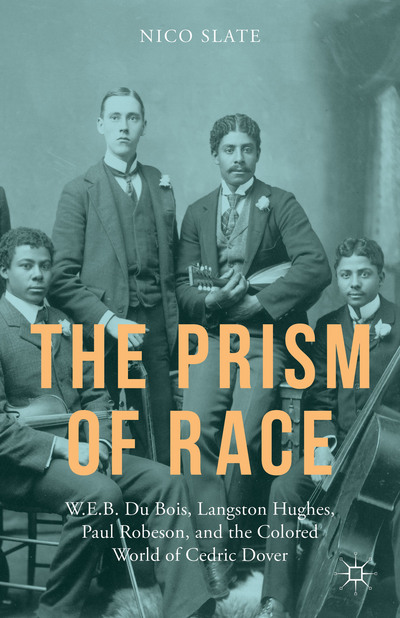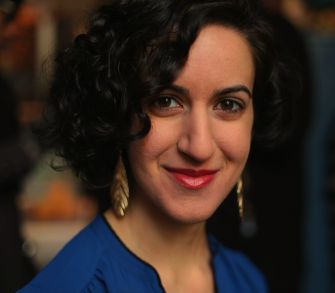The Prism of Race: W.E.B. Du Bois, Langston Hughes, Paul Robeson, and the Colored World of Cedric DoverPosted in Asian Diaspora, Biography, Books, Media Archive, Monographs, United Kingdom, United States on 2015-08-18 01:35Z by Steven |
Palgrave Macmillan
December 2014
268 pages
Hardcover ISBN: 9781137484093
Ebook (PDF) ISBN: 9781137484116
Ebook (EPUB) ISBN: 9781137484109
Nico Slate, Associate Professor of History
Carnegie Mellon University, Pittsburgh, Pennsylvania
Born a Eurasian ‘half-caste‘ in Calcutta in 1904, Cedric Dover died in England in 1961 a ‘colored’ man. One of the foremost experts on race in his generation and a leading figure in the movement toward Afro-Asian solidarity, Dover encountered in his own life the central paradox of race in the contemporary world: he knew that race did not exist in blood or bone, even as he knew that the color of a child’s skin determined everything from where he could go to school to how long he would live. Dover strove to be, in his words, ‘both ‘racial’ and antiracial at the same time.’ His life and work stand at the heart of one of the most creative and politically significant redefinitions of racial identity in the twentieth century—the invention of the colored world. This innovative ‘biography of race’ explores the concept of colored solidarity as enacted in Dover’s life as well as the ideas and relationships that connected him and four of his closest African American friends and colleagues: W.E.B. Du Bois, Claude McKay, Langston Hughes, and Paul Robeson. In doing so, it illuminates a fascinating episode in the intellectual histories of race and cosmopolitanism while offering powerful insights into ongoing debates surrounding racial and ethnic identity today.
Table of Contents
- Preface: Of Color
- Introduction: The Prism of Race
- Acknowledgments
- 1. Cedric Dover’s Colored Cosmopolitanism
- 2. W.E.B. Du Bois and Race as Autobiography
- 3. Langston Hughes and Race as Propaganda
- 4. Paul Robeson and Race as Solidarity
- 5. The Black Artist and the Colored World
- 6. The Death and Rebirth of the Colored World
- Epilogue: Barack Obama and Race as Freedom
- Afterward: The Library of the Colored World
- Notes
- Index



